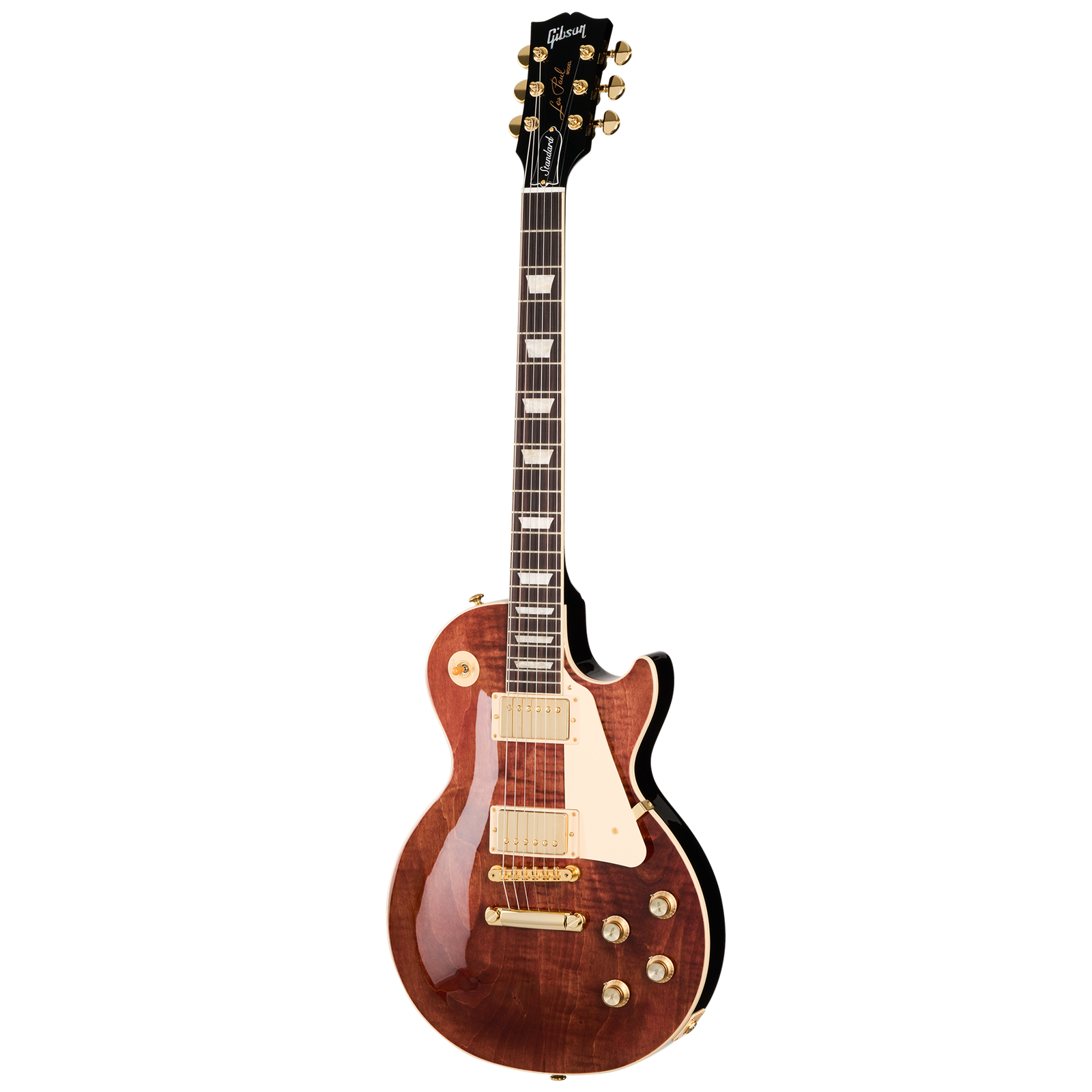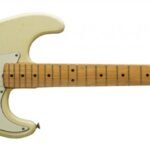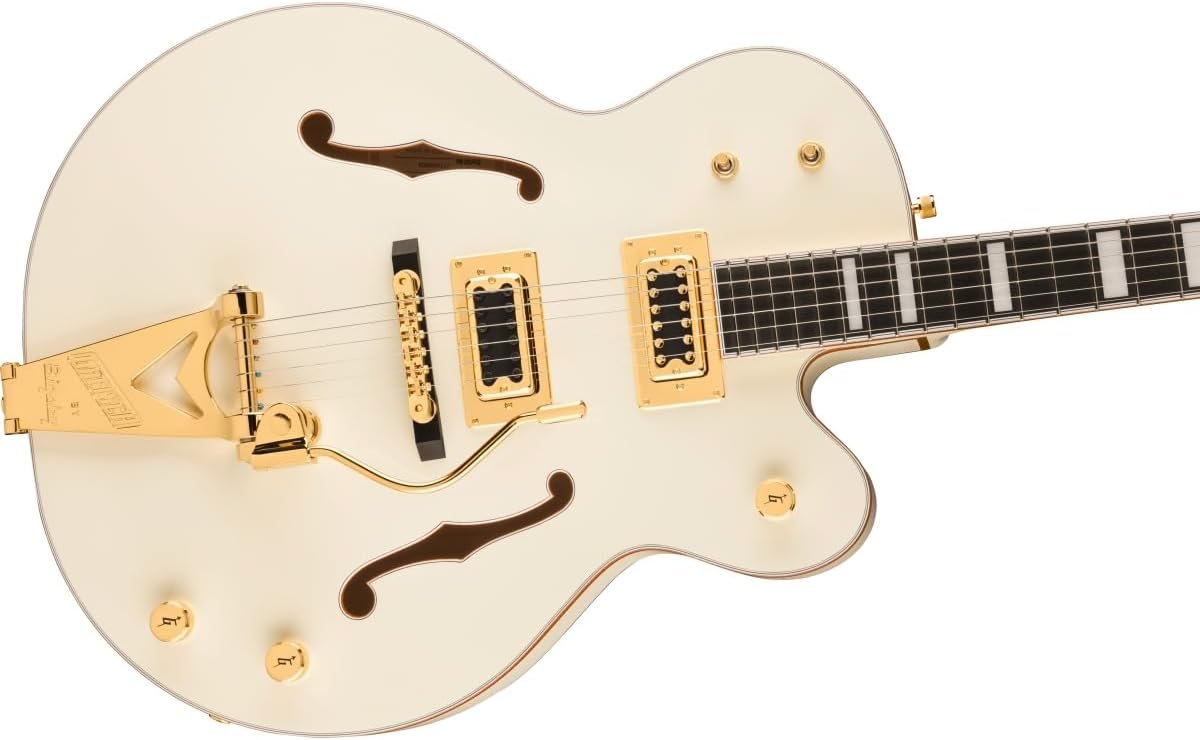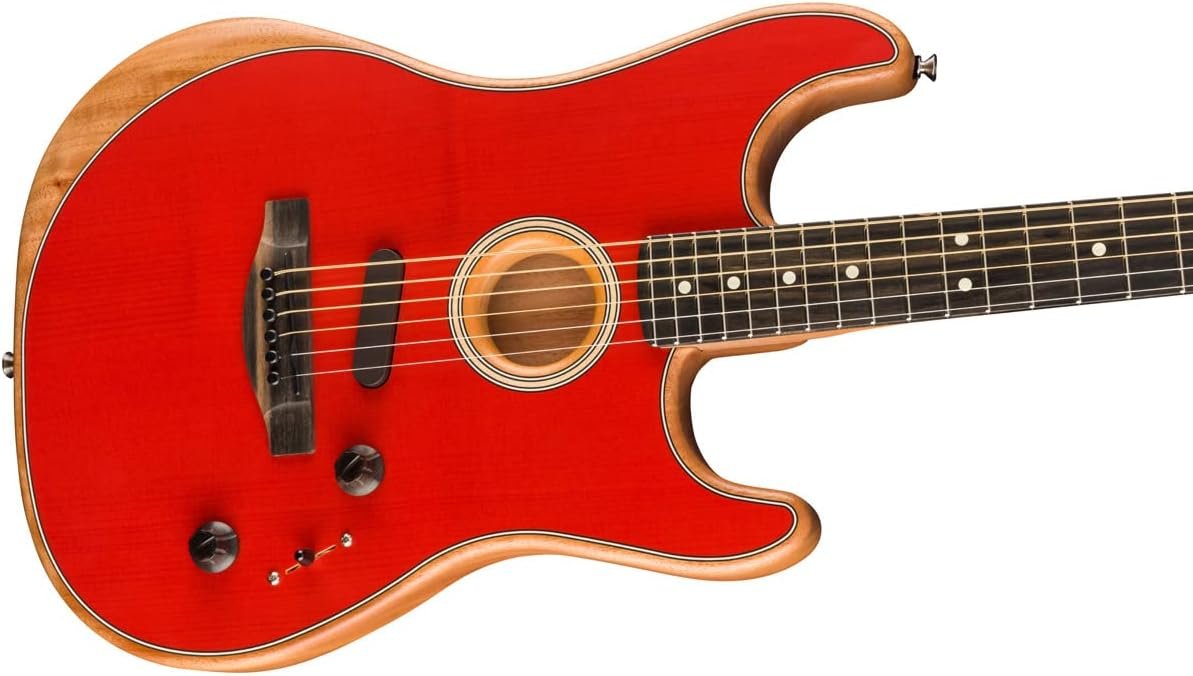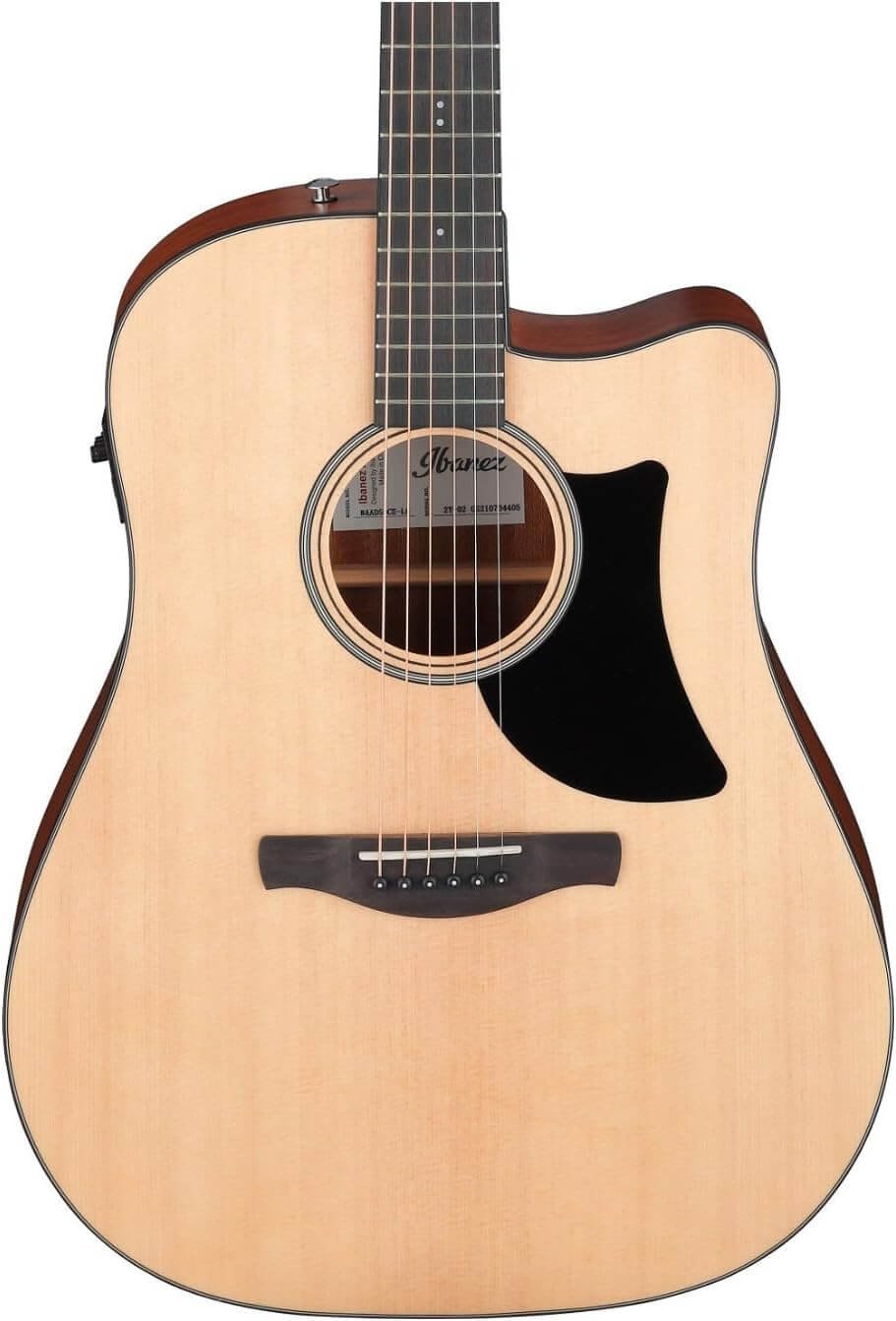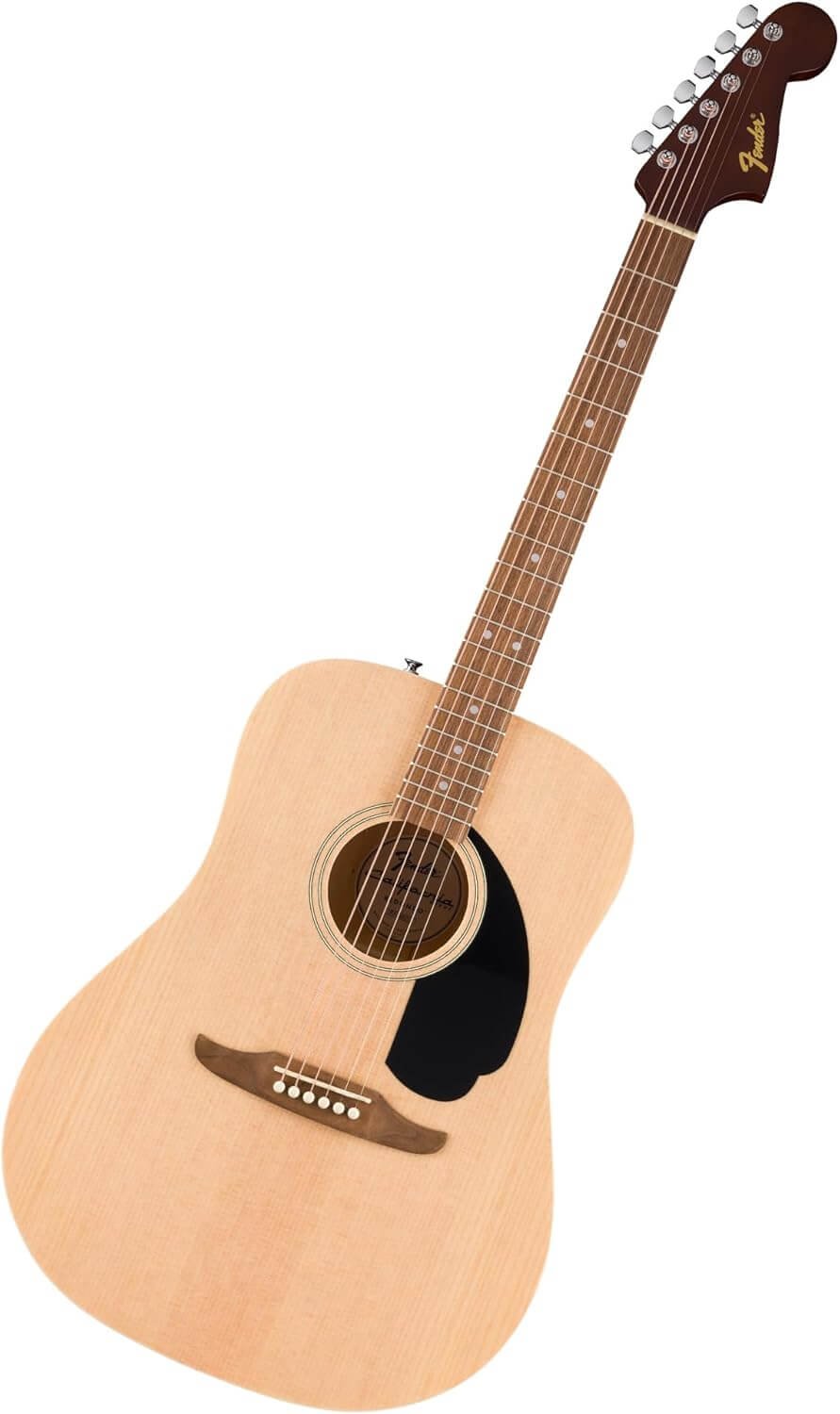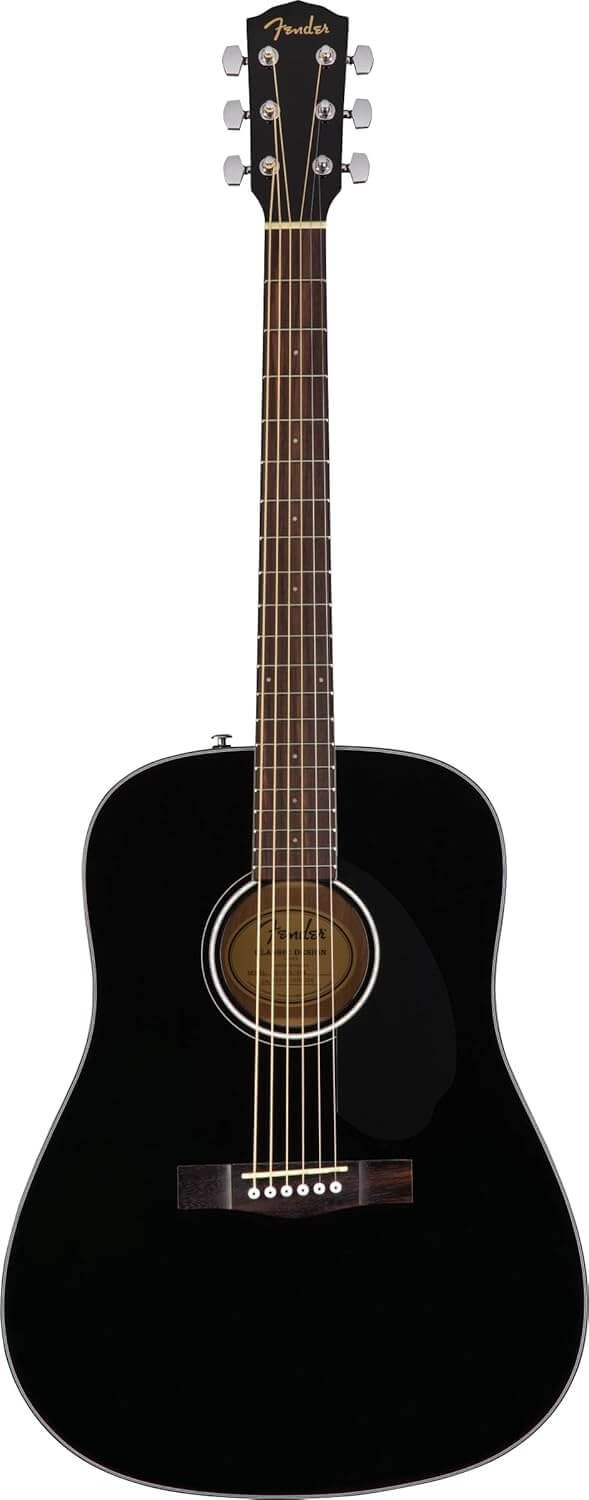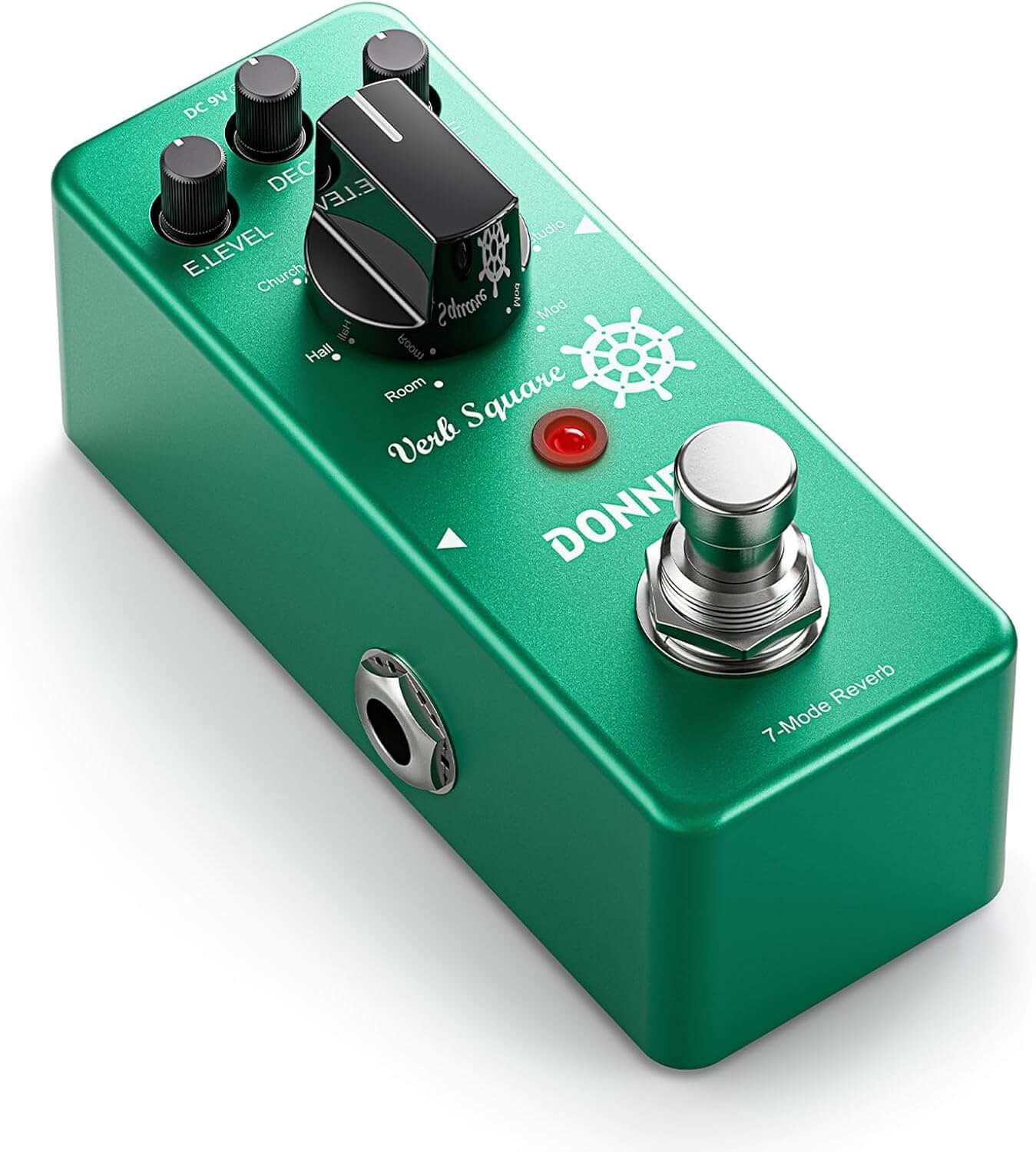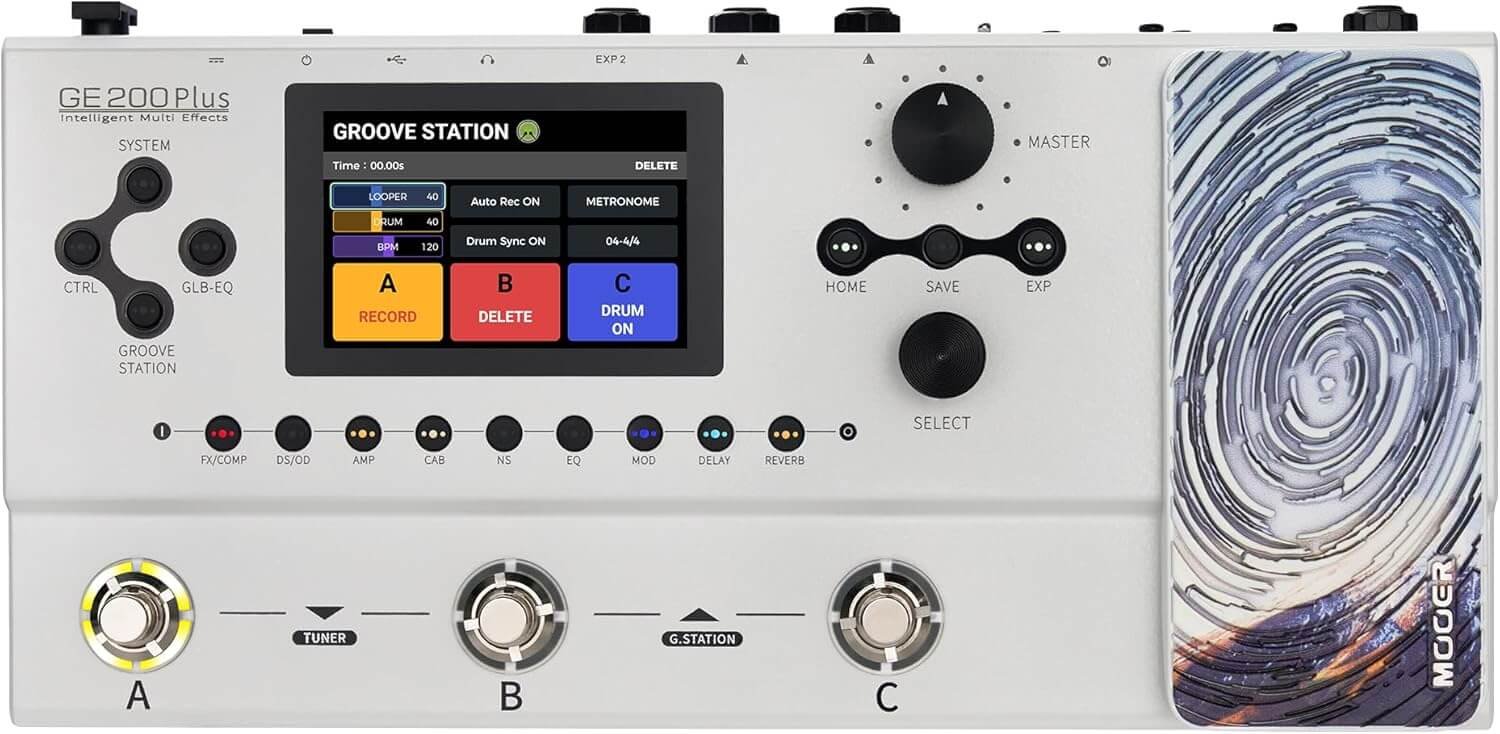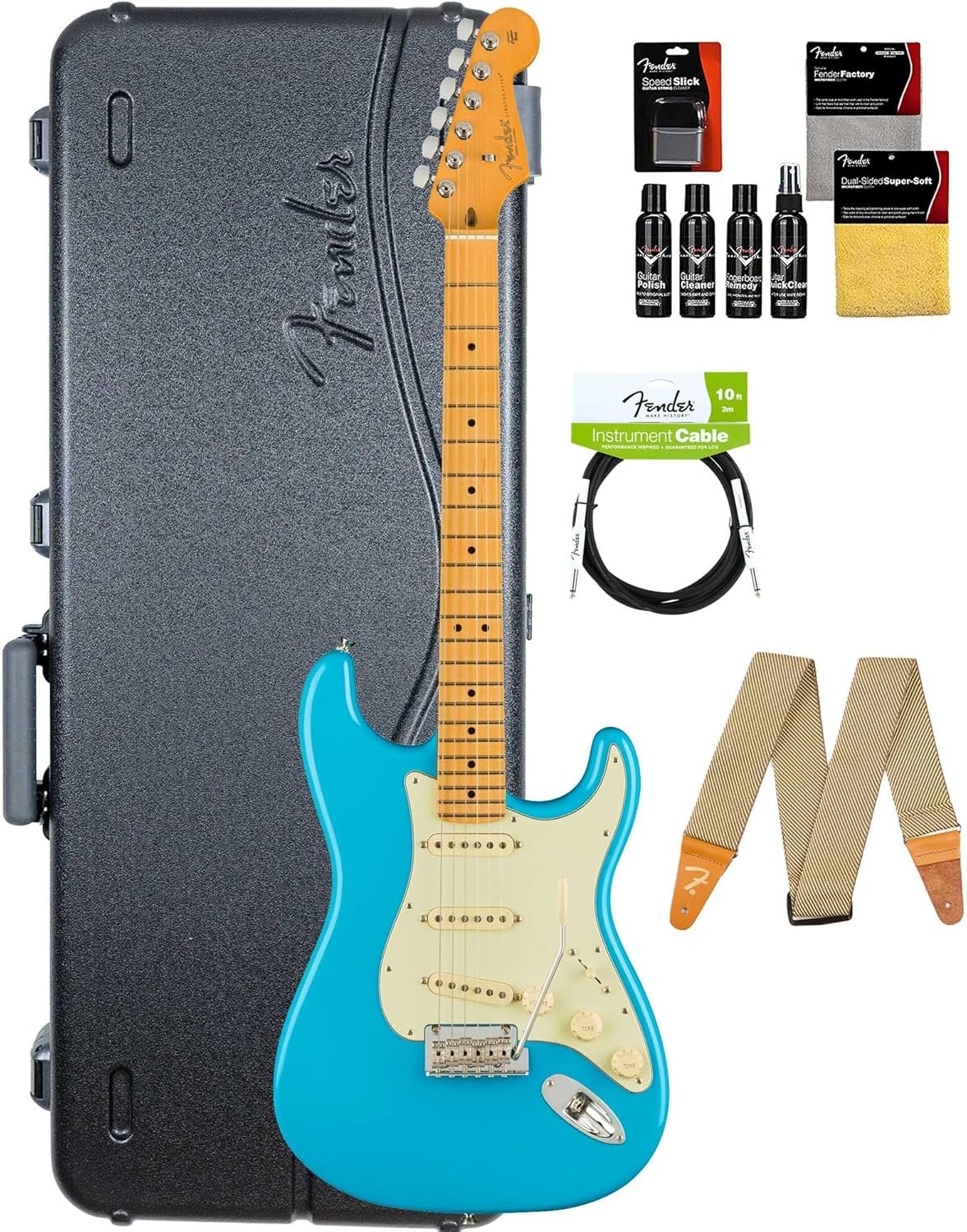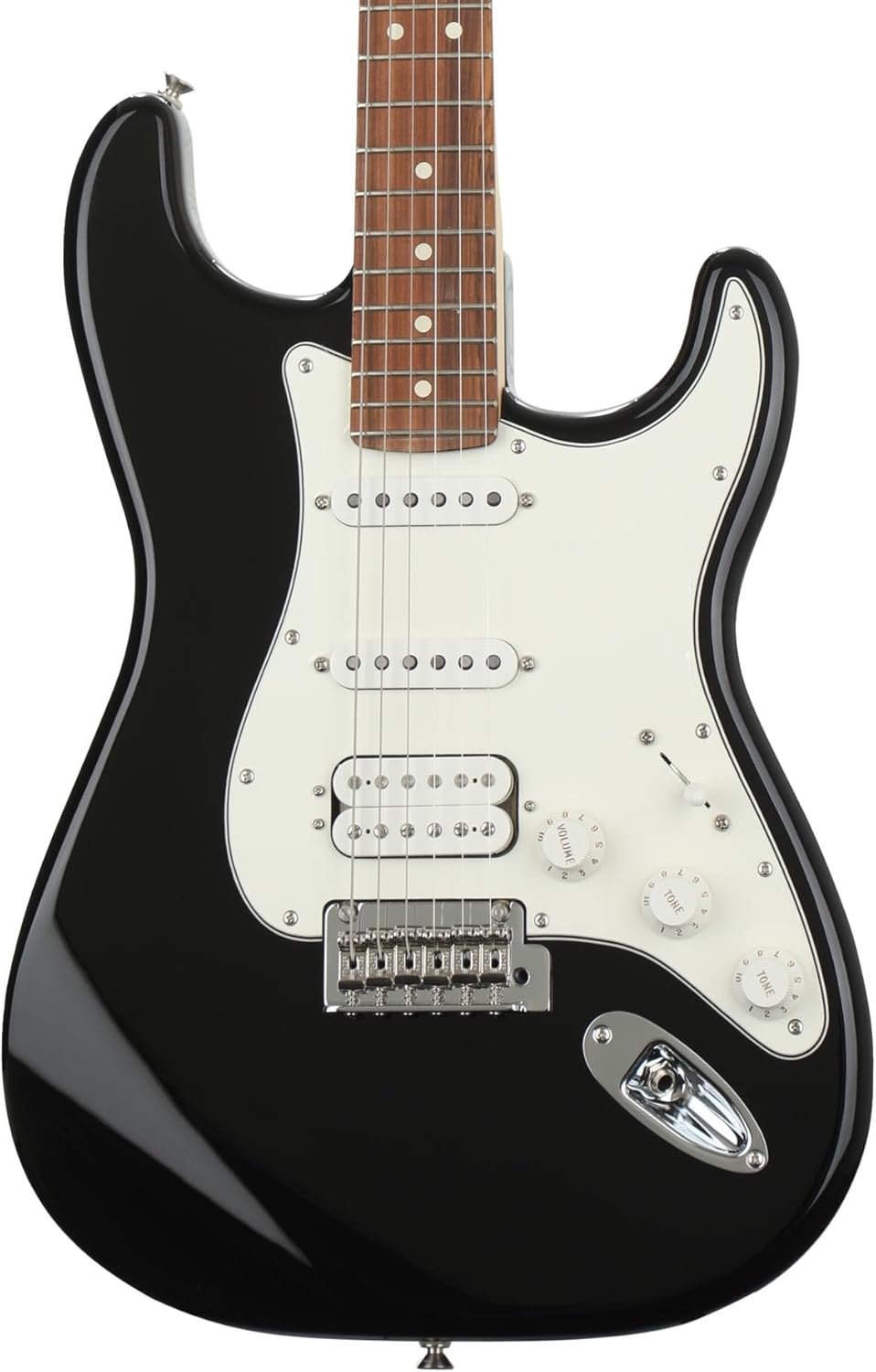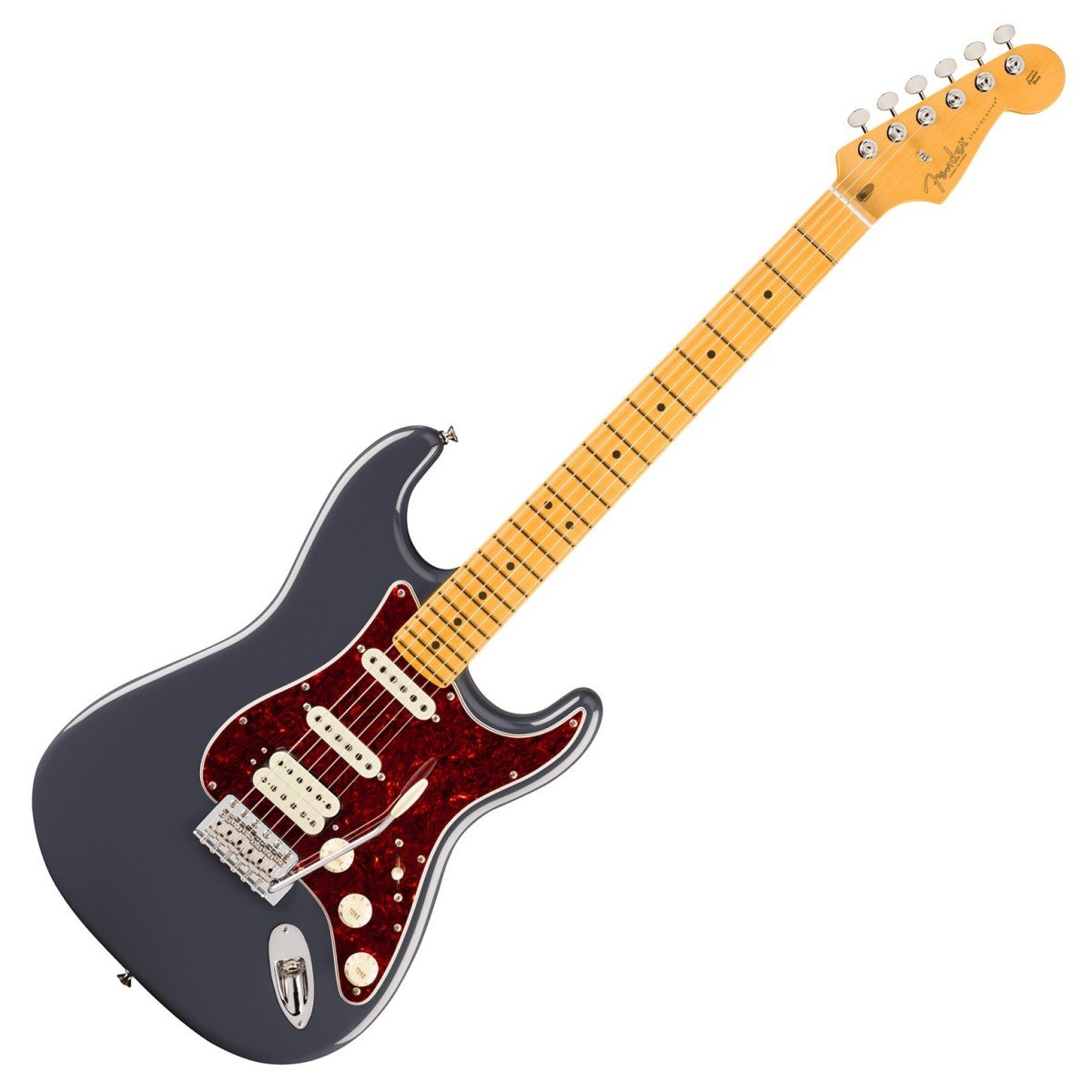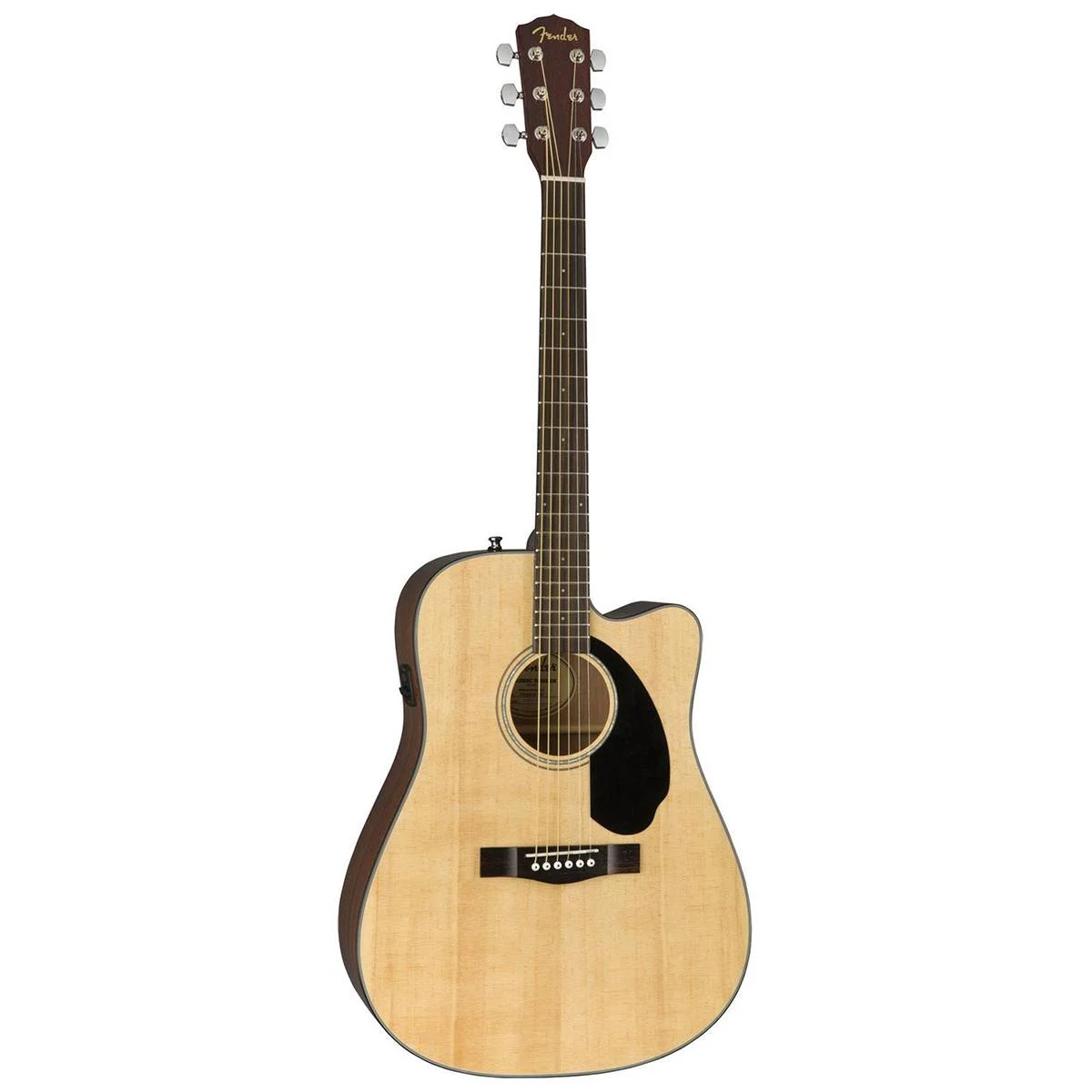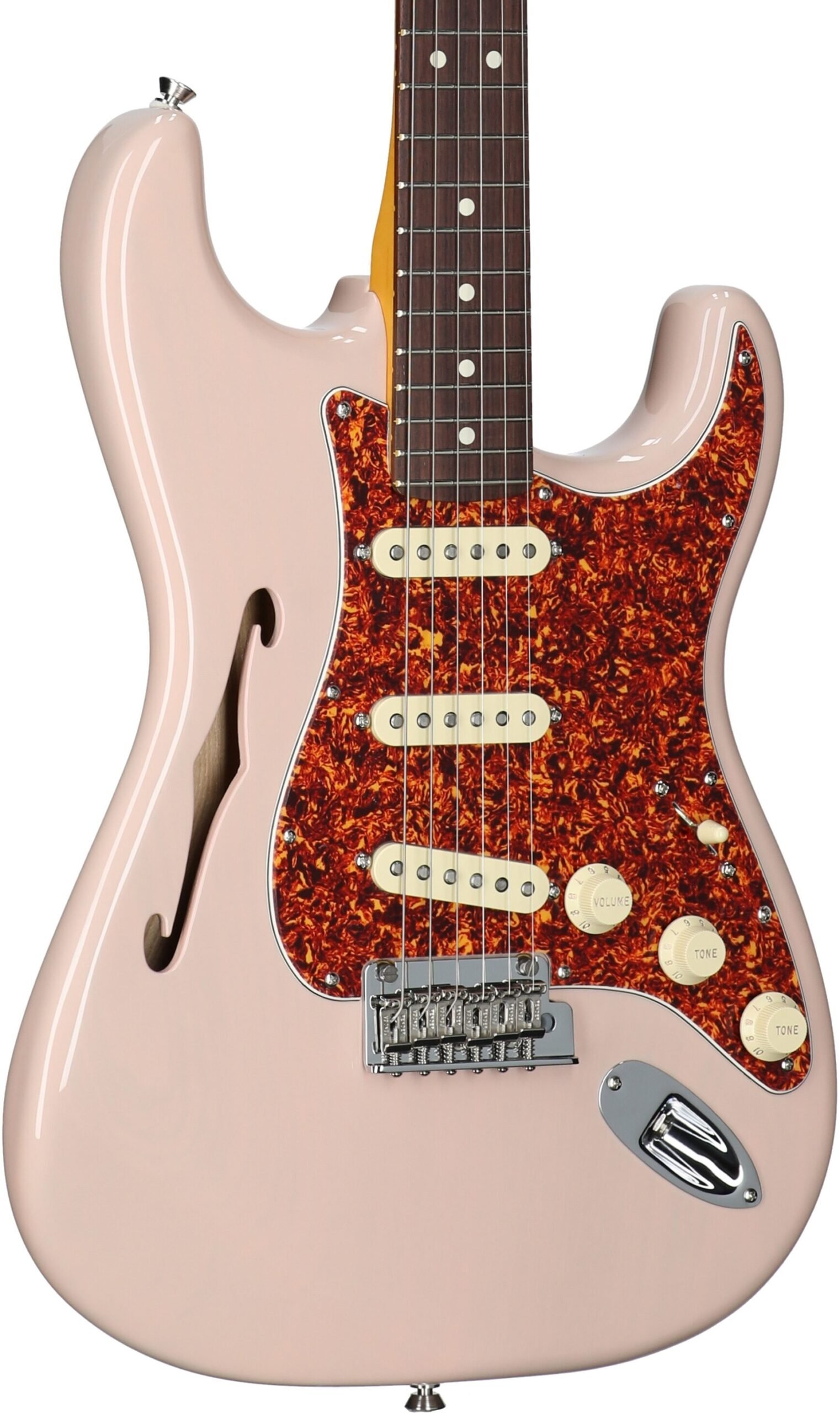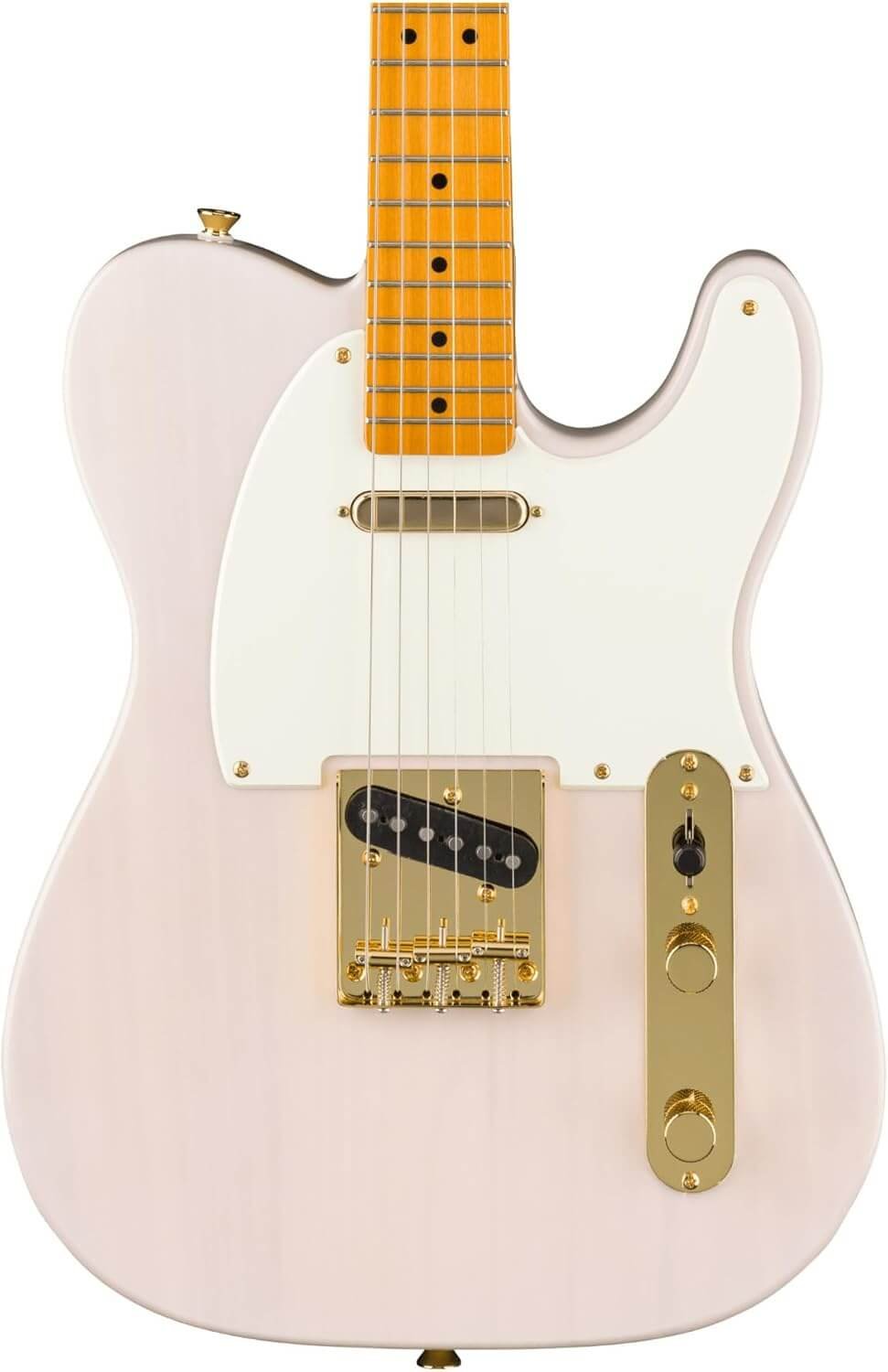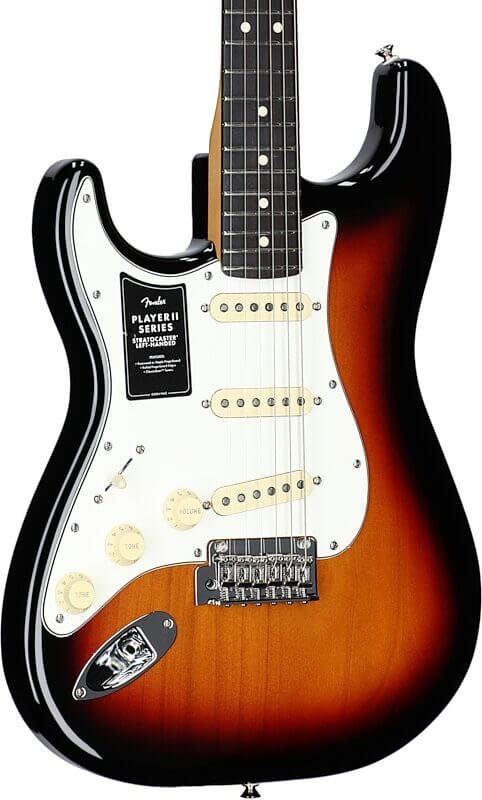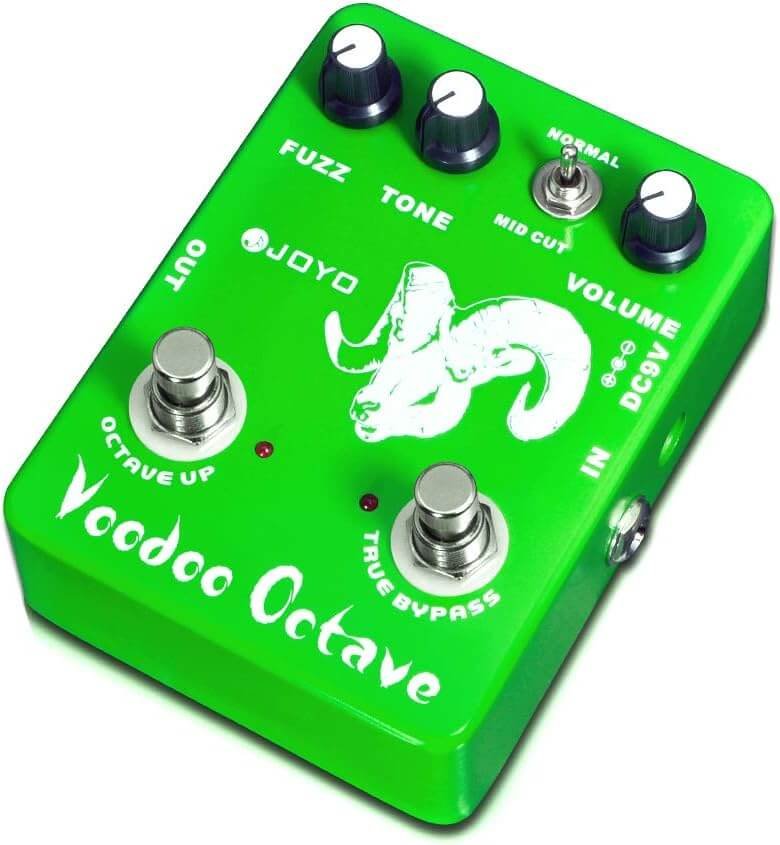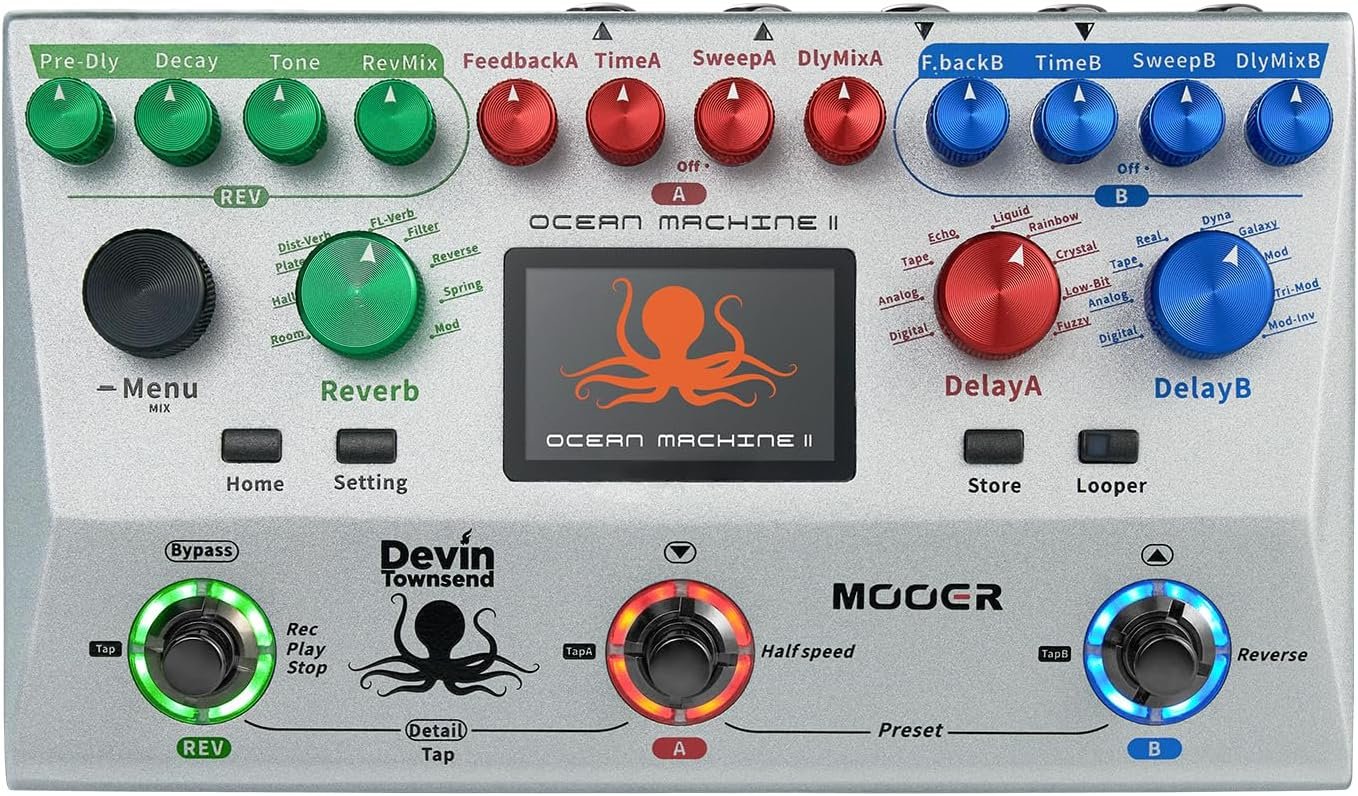The Origins of the Gibson Les Paul
The Gibson Les Paul electric guitar has become a quintessential instrument in the world of music, particularly in rock and blues genres. Its inception can be traced back to the early 1950s when the Gibson Guitar Corporation sought to innovate its line of electric guitars. This quest for innovation led to a collaboration with the renowned jazz guitarist Les Paul, who was influential not only for his exceptional skills but also for his pioneering work in recording techniques. This partnership would ultimately result in the creation of one of the most iconic electric guitars in history.
The initial model was introduced to the public in 1952 and was characterized by several distinctive design features that set it apart from other guitars of the era. Among these, the solid mahogany body provided a rich, warm tone, while the carved maple top contributed to enhanced resonance and sustain. The incorporation of dual humbucker pickups was another key innovation, allowing for a thicker, fuller sound that outperformed standard single-coil pickups prevalent at the time. This combination of features not only appealed to professional musicians but also established the Les Paul as a versatile instrument suitable for various musical styles.
Design Features of the Les Paul
The Gibson Les Paul electric guitar is renowned for its distinctive and iconic design, which has contributed to its status as a beloved instrument among musicians. One of the notable design elements is its single-cutaway body shape, which promotes both aesthetic appeal and functional playability. The Les Paul’s solid body construction, typically crafted from a combination of mahogany and maple, not only adds to its durability but also influences the tonal characteristics of the instrument. The mahogany body provides warmth and depth, while the maple top enhances brightness and articulation, creating a well-balanced sound that has become a hallmark of the Les Paul.
Another significant feature of the Gibson Les Paul is its carved maple top, which is not only visually striking but also serves to enhance the guitar’s resonance. This layer of wood is carefully shaped to optimize tonal qualities, allowing for more intricate musical expression. Moreover, the Les Paul is equipped with humbucker pickups, designed to minimize electromagnetic interference and feedback. These pickups, positioned under the strings, amplify the guitar’s sound while ensuring a full, rich tone. The combination of humbuckers and the guitar’s unique body construction contributes to its ability to produce a wide range of tonal options, vital for diverse musical genres.
The Les Paul’s hardware, including its bridge and tailpiece, further exemplifies its carefully considered design. These components significantly affect intonation and sustain, allowing musicians to achieve precise tuning and long-lasting notes. Additionally, the guitar often features a variety of finishes and customizations, revealing the craftsmanship and attention to detail that the Gibson brand represents. Ultimately, the thoughtful integration of these design elements makes the Gibson Les Paul not just a guitar but a versatile tool for musical creativity, vital to the evolution of electric guitar music.
The Evolution of the Les Paul Model
Since its introduction in the early 1950s, the Gibson Les Paul electric guitar has undergone significant transformations, evolving while preserving the essence of its original design. The journey of the Les Paul began with its initial release in 1952, featuring a single-cutaway body and a thick, mahogany structure that produced a warm tone. However, as new musical styles emerged, so did the need for innovation within the model.
Throughout the years, various iterations of the Les Paul have been released, each reflecting the trends and demands of the time. For instance, the introduction of the Les Paul Standard in 1958 included the iconic humbucking pickups, which provided musicians with a richer, fuller sound. This development not only enhanced its auditory capabilities but also set a standard for electric guitars within the rock genre.
In the 1960s and 1970s, the Les Paul model continued to evolve with the introduction of different neck profiles and body styles. The most notable change came in 1961 with the debut of the Les Paul SG, a double-cutaway variant that offered a lighter body and a faster playing experience. However, the guitar community initially met this model with mixed reviews, leading to a return to the traditional Les Paul design by the late 1960s.
In recent years, technological advancements have led to various electronic upgrades and artwork variations, such as the introduction of coil-splitting options for versatile sound profiles. Despite these changes, the core features of the Les Paul, such as its distinctive body shape and premium materials, have remained intact. This balance of innovation and tradition has solidified the Les Paul’s status as a quintessential instrument for guitarists across genres, ensuring its legacy continues to thrive.
Iconic Artists and Their Influence
The Gibson Les Paul electric guitar has been synonymous with numerous iconic musicians who have not only defined genres but have also played a significant role in the guitar’s legacy. One of the most notable figures is Jimmy Page, the legendary guitarist of Led Zeppelin. Page’s distinctive playing style, characterized by intricate solos and powerful riffs, effectively showcased the Les Paul’s unique sound. His use of the guitar on seminal tracks like “Whole Lotta Love” and “Stairway to Heaven” not only popularized the instrument but also influenced countless guitarists who followed in his footsteps.
Similarly, Slash, the renowned guitarist of Guns N’ Roses, further cemented the Les Paul’s reputation in the rock genre. His iconic work on “Sweet Child O’ Mine” and “November Rain” features the rich tonal qualities and sustain that the Les Paul is celebrated for. Slash’s gritty playing style and visual persona helped propel the Gibson Les Paul into the spotlight, making it a staple among aspiring rock guitarists. His distinctive sound has since become a defining aspect of late 20th-century rock music.
Another monumental figure is Eric Clapton, whose contributions to both rock and blues are well documented. Clapton’s use of the Gibson Les Paul in the late ’60s and early ’70s brought a blues-infused rock sound that was revolutionary. His work with the band Cream and in solo projects demonstrated the guitar’s versatility and expressive potential, ultimately shaping the tone and style of modern guitar playing.
These artists, among others, have significantly influenced the perception and popularity of the Gibson Les Paul electric guitar. As their music continues to resonate through generations, it is evident that their connection to this instrument has played a crucial role in establishing its iconic status in the world of music.
The Les Paul’s Impact on Music Genres
The Gibson Les Paul electric guitar has left an indelible mark across a myriad of music genres, solidifying its reputation as one of the most iconic instruments in the history of music. Its distinct tonal capabilities and remarkable sustain contribute to its versatility, allowing it to seamlessly cross genre boundaries. As a result, the Les Paul has become synonymous with the raw energy of rock, the soulful expression of blues, the intricate improvisation of jazz, and the intense aggression of metal.
In rock music, the Les Paul has been championed by legendary guitarists such as Jimmy Page of Led Zeppelin and Slash of Guns N’ Roses. Their powerful riffs and soaring solos have not only defined the sound of rock but also showcased the guitar’s ability to produce thick, rich tones that resonate well in live performances. The pioneering use of distortion and feedback on the Les Paul has further contributed to its status, making it a favorite among rock musicians seeking to create a larger-than-life sound.
Transitioning into the world of blues, the Les Paul has played a crucial role in shaping the genre as well, primarily through artists like B.B. King and Gary Moore. The guitar’s warm tones and sustain allow for expressive bending of notes; this characteristic has elevated the emotional depth of blues performances, capturing the attention of audiences around the globe. Blues guitarists often rely on the Les Paul to convey the raw, heartfelt narratives that define the genre.
In jazz, the Les Paul electric guitar offers a unique sonic palette, demonstrated by artists such as Les Paul himself and John McLaughlin. Its ability to produce clean tones alongside distortion allows for intricate chord progressions and melodic solos that enrich the jazz experience. The guitar’s versatility also extends to metal, where its aggressive sound complements the heavy distortion often employed in this genre. Bands like Metallica and Black Sabbath have utilized the Les Paul to produce powerful riffs and solos that remain etched in the history of heavy music.
Across these diverse musical landscapes, the Les Paul’s influence is unmistakable. Its ability to adapt and thrive in various settings highlights not only the instrument’s craftsmanship but also its significance in the evolution of modern music.
The Rise in Popularity: The 1960s and Beyond
The 1960s marked a significant shift in the music landscape, leading to the meteoric rise in popularity of the Gibson Les Paul electric guitar. During this transformative decade, rock and roll emerged not merely as a genre but as a cultural phenomenon, captivating audiences and reshaping musical norms. The vibrant energy of this period resonated with the powerful sound and versatile nature of the Les Paul, making it a favored choice among rock musicians.
As the 1960s progressed, the Les Paul found its way into the hands of iconic guitarists such as Eric Clapton, Jimmy Page, and Mick Jagger, affirming its status within the rock community. These musicians exploited the guitar’s rich tonal qualities and sustain, which could easily cut through the mix of a full band. The collaboration between established artists and the Les Paul led to a surge in demand, prompting Gibson to ramp up production. By the early 1970s, the guitar had become synonymous with the burgeoning rock culture, reflecting the desires of a generation that craved authenticity and emotional depth in music.
A key factor contributing to the Les Paul’s popularity was the rise of electric blues and hard rock, movements that prioritized powerful guitar solos backed by solid rhythm sections. The Les Paul’s heavy body and dual humbucker pickups allowed for a sound that was both warm and aggressive, appealing to the sonic preferences of the era’s burgeoning artists. Moreover, the proliferation of rock festivals and live performances provided significant exposure. As artists embraced the Gibson Les Paul, its reputation flourished, establishing it as an integral part of rock history.
The cultural shifts of the 1960s and 70s proved instrumental in elevating the Gibson Les Paul into the realm of legend, ensuring its continued prominence in the music world for decades to come. The blend of artistic expression and the technical prowess embodied by the Les Paul resonated deeply, securing its legacy as an indispensable instrument in the evolution of modern music.
Collectability and Vintage Market
The Gibson Les Paul electric guitar has established itself as one of the most iconic instruments in the music industry, not only for its exceptional sound and craftsmanship but also for its position in the vintage market. Collectors are increasingly enamored with specific models, particularly those produced in the 1950s and early 1960s, which have become highly coveted due to their rarity and historical significance. The allure of owning a vintage Les Paul stems from its association with legendary artists, making these guitars not just instruments, but pieces of musical heritage.
Several factors significantly influence the collectability of Gibson Les Paul guitars, with age being a primary consideration. Older models, especially those from the so-called “golden era,” command higher prices due to limited availability and the perception of superior craftsmanship. The age factor goes hand in hand with rarity; models that were produced in smaller quantities or had shorter production runs tend to be more desirable among collectors. For instance, the Les Paul Standard model from 1959 is often referred to as the holy grail for many guitar aficionados.
The condition of a vintage Les Paul also plays a crucial role in determining its market value. Guitars that exhibit original finishes, hardware, and electronics are often preferred among collectors, as modifications can detract from their originality and, consequently, their worth. Players who invest in vintage Les Pauls are not just acquiring a musical instrument; they are also securing a valuable asset that can appreciate over time. The growing interest in vintage guitars, particularly the Gibson Les Paul, paints a promising picture of its future in the collectible market alike, where both aesthetic and acoustic qualities come to light.
Modern Innovations and the Les Paul Legacy
The Gibson Les Paul electric guitar has undergone significant evolution since its inception in the early 1950s, particularly in response to modern technological advancements. The incorporation of innovative materials and manufacturing techniques has played a pivotal role in enhancing the overall quality and durability of this iconic instrument. For instance, the introduction of weight relief technologies has transformed the traditional solid body design, resulting in guitars that are more comfortable to play without sacrificing tonal qualities. These advancements have allowed musicians to enjoy the signature warmth and sustain of the Les Paul, along with a reduced overall weight, thus catering to both professional players and enthusiasts alike.
Additionally, the application of computer-aided design (CAD) in the development process has enabled more precise construction, leading to better consistency in sound and performance. The ability to utilize synthetic materials, such as advanced polymers, has opened new avenues in crafting components that not only improve durability but also enhance the tonal characteristics of the guitar. This continuous pursuit of innovation ensures that the Les Paul remains relevant in a rapidly evolving music landscape.
The legacy of the Les Paul electric guitar is further supported by its unwavering popularity among new generations of musicians. Artists from various genres continue to embrace the Les Paul for its versatility and rich sound signature, which has made it a staple in recording studios and on stages worldwide. Furthermore, Gibson’s commitment to producing custom models that blend traditional craftsmanship with modern artistic expressions has attracted a diverse range of players. These customizations often feature unique finishes, specialized pickups, and personalized specifications, ensuring that the Les Paul remains not only a symbol of quality but also a canvas for artistic expression.
Conclusion: The Enduring Allure of the Gibson Les Paul
The Gibson Les Paul has cemented its place as one of the most iconic electric guitars in music history. Its journey began in the early 1950s, marked by innovative design and groundbreaking features. The collaboration between guitarist Les Paul and the Gibson Guitar Corporation led to the creation of a product that transformed the landscape of electric guitar playing. With its solid body, humbucker pickups, and unique tonal qualities, the Les Paul has provided musicians with a reliable instrument for a multitude of musical genres, from rock and blues to jazz and heavy metal.
This electric guitar’s rich history encompasses numerous legendary musicians who have wielded it, contributing to its allure and prestige. Artists such as Jimmy Page, Slash, and Eric Clapton have helped solidify the Gibson Les Paul’s reputation as a sought-after instrument, inspiring countless aspiring guitarists to pursue their passion. The guitar’s distinctive aesthetic, combined with its exceptional tonal versatility, ensures that it remains a favorite among elite performers and hobbyists alike.
In conclusion, the Gibson Les Paul’s historical significance and continued relevance solidify its status as a timeless masterpiece. As long as musicians seek quality, versatility, and richness in tone, the Gibson Les Paul will undoubtedly endure, shaping the sound of music for generations to come.

